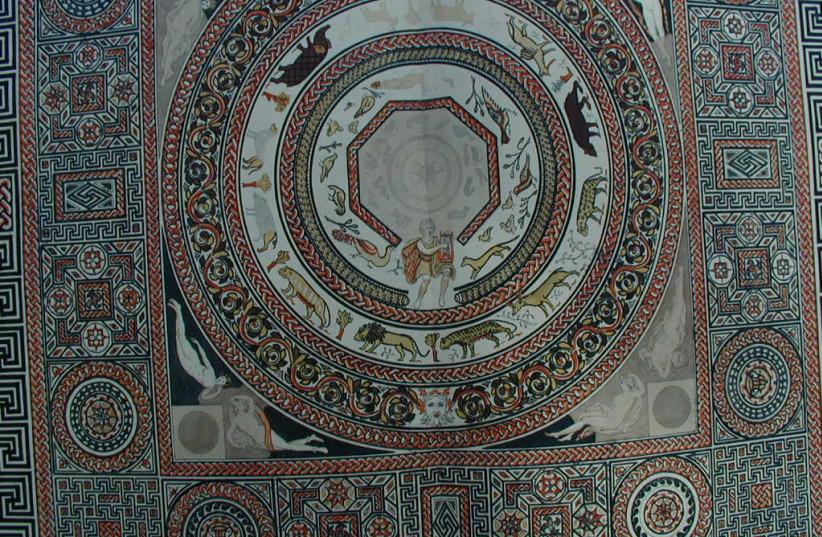Adoting husband crashes the car as he drives his bride to the honeymoon after the wedding. Still wearing her white bridal dress, Eurydice (soprano Alla Vasilevitsky) is hurled through the windshield and killed. Struck with guilt, her husband Orpheus (countertenor Nicholas Tamagna) vows to raise her from the underworld. Aided by Amor (soprano Tal Ganor), a love deity who seems to orchestrate this entire opera, he is granted permission to do just that – for a price.
Directed by Yehezkel Lazarov, this production of Gluck’s Orfeo ed Euridice (Italian spelling) contains multiple layers of meaning, symbols, and sounds.
From the moment the grieving Orpheus sings “Che Faro Senza Euridice” (What Will I Do Without Eurydice), we are willing to follow him to hell itself. His spectacular dance scene with Amor, during which he is taught how to use the conductor’s baton, is a sheer delight – offered to us by choreographer Mor Shani. It also shows us an uneasy aspect of the mythic artist, who seems to relish the challenge, excited like an avid gamer about to begin a new quest.
Lighting and visuals
Visually speaking, this aspect of the production seemed to solidify during “Vieni! Vieni Con Me, Vieni, O Cara” (Come! Come With Me, Come, my Dear). Lighting designer Nadav Barnea created huge neon bars, which represent the human voice, descending from above. Tamagna and Vasilevitsky hung on to them as they sang, and grasped at one another to escape hell.
During this aria, Eurydice begs her husband to glance at her – the irony being that he may not, because this would make her die a second, final time. Ironically, the real Eurydice, as opposed to the memory of her, hinders Orpheus. With each question she asks him, has death spoiled her rosy cheeks? Did the grim reaper dim the sparkle in her eyes? The audience gets the impression that this is a little like a boss scene in a video game – with Eurydice being the boss.

The production also contains a mythic, nearly theological depth which reveals the lengths Lazarov traveled while searching for the genetic code of this centuries-old opera. When Orpheus is in Hades, he gathers lost black lambs to a boat. This alludes to The Odyssey, in which Odysseus offers the spilled blood of a black lamb to the spirits of the dead so he may learn from Tiresias how to return home. It also refers to the biblical myth of the Good Shepherd who gathers stray lambs and returns them to safety.
During the song “Quel nouveau ciel pare ces lieux” (What New Sky Adorns These Places), in which Orpheus marvels at the heavens above hell, we are given a huge MRI scan of a singer using his vocal cords. When director David Alagna produced the opera in Bologna in 2008, he had his Orpheus stroll with oblivious joy among a forest of hung corpses. Lazarov offers us a sly observation – that what’s important, in opera and possibly in everyday life, can never be fully seen, but must be felt.
‘Orfeo ed Euridice’ by Christoph Willibald Gluck will be offered on Thursday, April 11 at 8 p.m., Friday, April 12 at 1 p.m., Saturday, April 13 at 8 p.m., Tuesday, April 16 at 6 p.m. and Friday, April 19 at 1 p.m. at The Israeli Opera, 19 Shaul Hamelech St., Tel Aviv. Ticket prices range from NIS 195 to 455. Sung in Italian with English and Hebrew titles. 80 minutes, no intermission. Call (03) 692-7777 for bookings.
